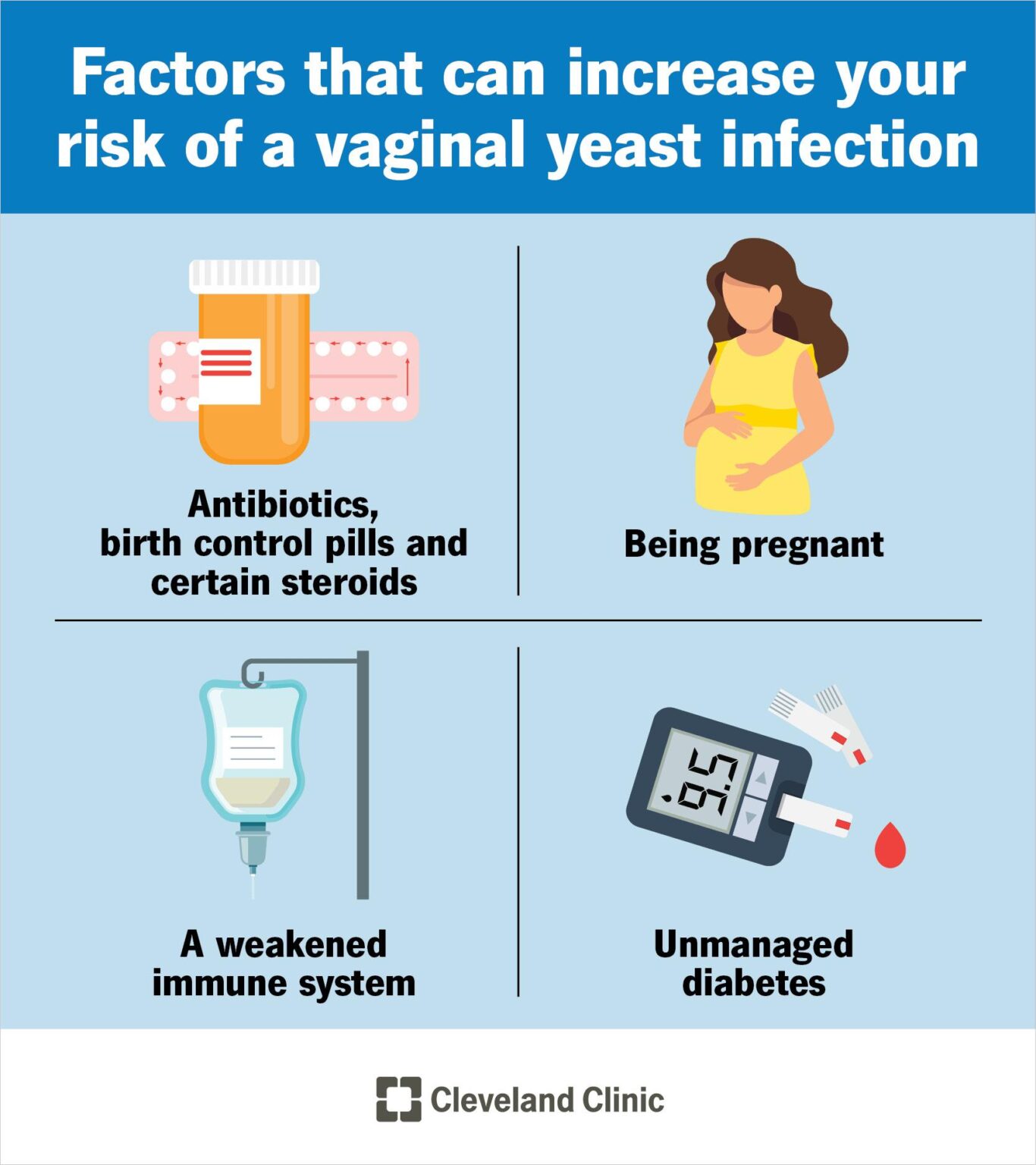Community-Led Mangrove Revival in Guinea-Bissau: A Blueprint for Global Environmental Restoration
With coastal ecosystems worldwide increasingly imperiled by environmental pressures, Guinea-Bissau emerges as a compelling example of how grassroots engagement can spearhead effective ecological recovery. This West African nation, often overlooked in global conservation conversations, leverages local knowledge and active community participation to restore its vital mangrove habitats. These restoration efforts not only rejuvenate biodiversity but also provide a scalable model for countries grappling with similar environmental challenges. This article delves into the innovative strategies and collaborative frameworks driving Guinea-Bissau’s mangrove resurgence, offering insights relevant to global climate resilience and habitat preservation initiatives.
Harnessing Local Wisdom: Community Empowerment at the Core of Mangrove Restoration
The cornerstone of Guinea-Bissau’s success lies in empowering communities through the integration of indigenous expertise with hands-on involvement in mangrove rehabilitation. Recognizing that sustainable conservation thrives when rooted in local realities, residents participate actively—from seedling planting to ongoing ecosystem monitoring—fostering both ecological recovery and social unity.
Essential elements fueling these grassroots programs include:
- Environmental Awareness Campaigns: Interactive workshops educate locals on the critical ecological roles mangroves play alongside their economic benefits.
- Collaborative Reforestation Initiatives: Community-driven tree-planting events unite families and neighbors, strengthening social ties while restoring habitats.
- Biodiversity Surveillance Training: Equipping residents with skills to track mangrove health ensures vigilant stewardship and timely responses to emerging threats.
This participatory approach not only rehabilitates degraded coastal zones but also enhances livelihoods by boosting fish populations essential for artisanal fisheries and fostering ecotourism prospects. Recent studies reveal that regions embracing community-led management witness up to a 30% improvement in mangrove ecosystem vitality compared to areas lacking such engagement.
| Mangrove Restoration Approach | Observed Benefits |
|---|---|
| Community Education Sessions | Heightened understanding of ecosystem services provided by healthy mangroves |
| Cohesive Planting Campaigns | Sustained participation driven by strengthened communal relationships |
| Biodiversity Monitoring Programs | Sustained ecosystem health through informed adaptive management |
The Strength Found in Collaboration: Building Climate Resilience Through Multi-Stakeholder Partnerships
A defining feature of Guinea-Bissau’s restoration journey is its robust network uniting fishermen, farmers, NGOs, government agencies, and local communities. By blending ancestral ecological knowledge with modern scientific research methodologies, these partnerships develop customized restoration plans addressing both environmental sustainability and socioeconomic development goals.
The pillars supporting this cooperative framework include:
- Sustained Grassroots Engagement: Encouraging continuous community involvement fosters ownership over conservation outcomes.
- Cultural-Scientific Knowledge Integration: Platforms facilitating exchange between traditional wisdom holders and researchers enhance adaptive strategies.
- Pivotal Government Support: strong >Policy backing creates an enabling environment conducive to scaling successful projects nationwide.
- < strong >Diverse Funding Mechanisms : strong >Securing varied financial resources guarantees project longevity beyond initial implementation phases . li >
ul >Key Collaborative Elements Description < td >Geographic Scope td >< td >Multiple coastal communities across Guinea-Bissau’s shoreline regions ; td > tr > < td >Primary Mangrove Species Restored ; td >< td >Avicennia germinans (Black Mangroves) & Rhizophora mangle (Red Mangroves) ; ; td > tr > < td >Main Stakeholders Involved ; ; td >< td >Local inhabitants; NGOs specializing in conservation; Regional & National Government bodies ; ; td > tr > Lifting Local Achievements onto the World Stage: Lessons from Guinea-Bissau’s Grassroots Ecosystem Recovery Model
Guinea-Bissau exemplifies how localized action can effectively address pressing global environmental concerns through inclusive stakeholder collaboration . The country ’ s commitment toward empowering communities has yielded restored ecosystems alongside improved socio-economic well-being , showcasing an integrated model where nature conservation aligns seamlessly with human development .The flexibility embedded within these initiatives offers valuable guidance adaptable across diverse coastal settings facing degradation :
- < strong > Inclusive Engagement : strong > Fostering trust between project facilitators & ; community members ensures enduring dedication .
li > - < strong > Educational Outreach : strong > Raising awareness about both ecological significance & ; economic incentives motivates proactive stewardship .
li > - < strong > Strategic NGO Partnerships : strong > Collaborations bring specialized expertise & ; additional resources crucial for amplifying impact .
li > - < strong> Dynamic Management Practices : strong> Continuous assessment allows refinement based on real-world feedback .
li >These efforts demonstrate how restoring critical habitats like mangroves simultaneously safeguards biodiversity while generating sustainable income sources — creating positive ripple effects far beyond national boundaries.
As climate change accelerates habitat loss globally , adopting frameworks inspired by Guinea – Bissau ’ s grassroots approach could markedly improve restoration success across vulnerable coastlines worldwide .
A Vision Forward: Prioritizing Local Stewardship as Cornerstone for Lasting Ecosystem Renewal
In conclusion , lessons drawn from Guinea – Bissau ’ s community-centered mangrove revival highlight the transformative power inherent within locally led conservation endeavors .
By honoring indigenous knowledge alongside scientific innovation , promoting cross-sector collaboration , securing stable funding streams ,and emphasizing education — this strategy cultivates resilient ecosystems capable of adapting amid evolving climatic pressures .
Furthermore , entrusting those directly reliant on natural resources ensures long-term guardianship remains central — transforming restoration into a sustained collective mission rather than temporary intervention.
As nations seek scalable solutions tackling marine ecosystem decline driven by human activity & climate stressors alike , embracing insights from Guinea – Bissau offers pragmatic hope grounded firmly in lived experience.
Ultimately , protecting our planet ’ s invaluable coastal environments demands unified action rooted at community levels — where passion converges with purpose — just as vividly demonstrated along this West African coastline.
- < strong > Inclusive Engagement : strong > Fostering trust between project facilitators & ; community members ensures enduring dedication .

